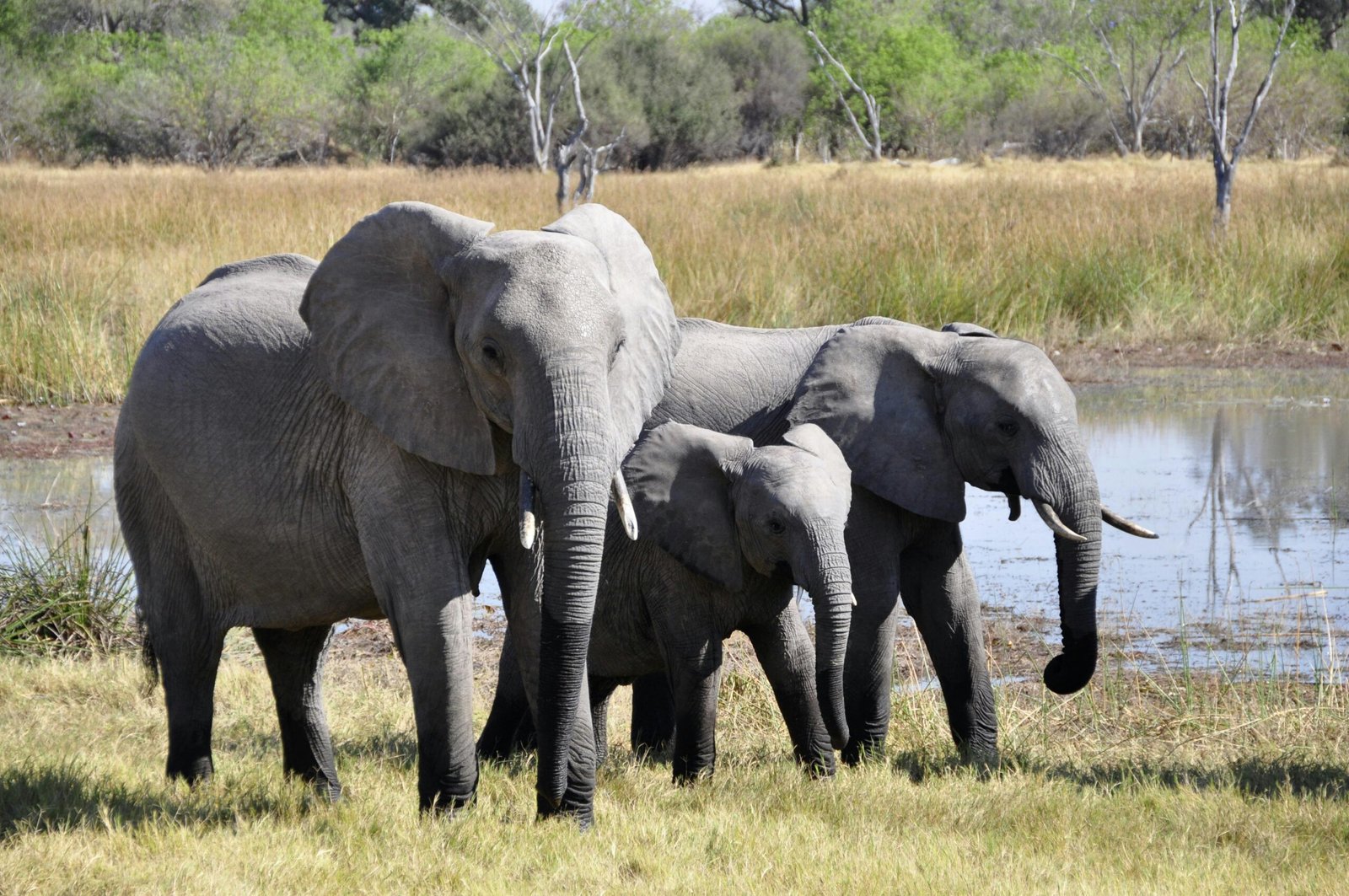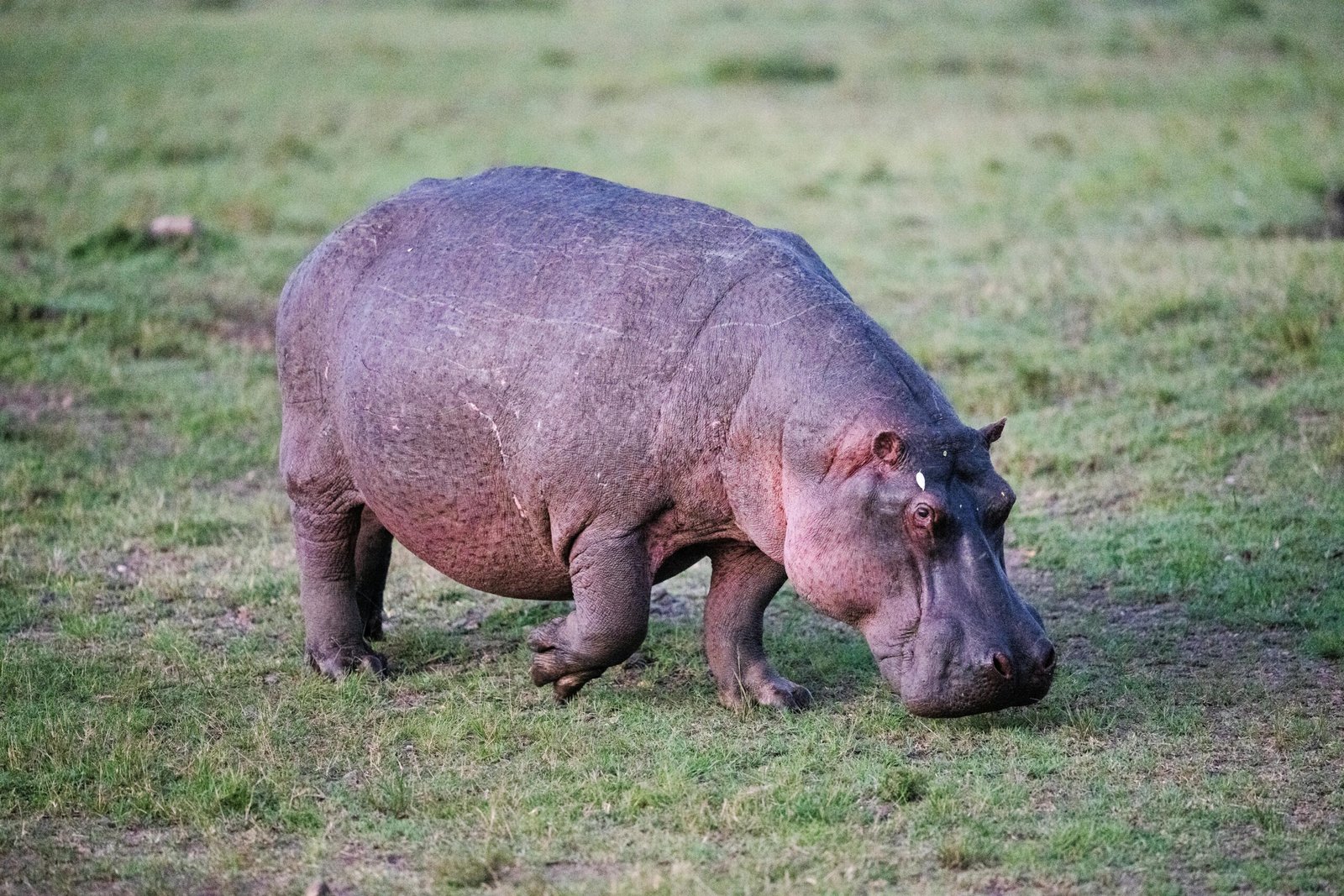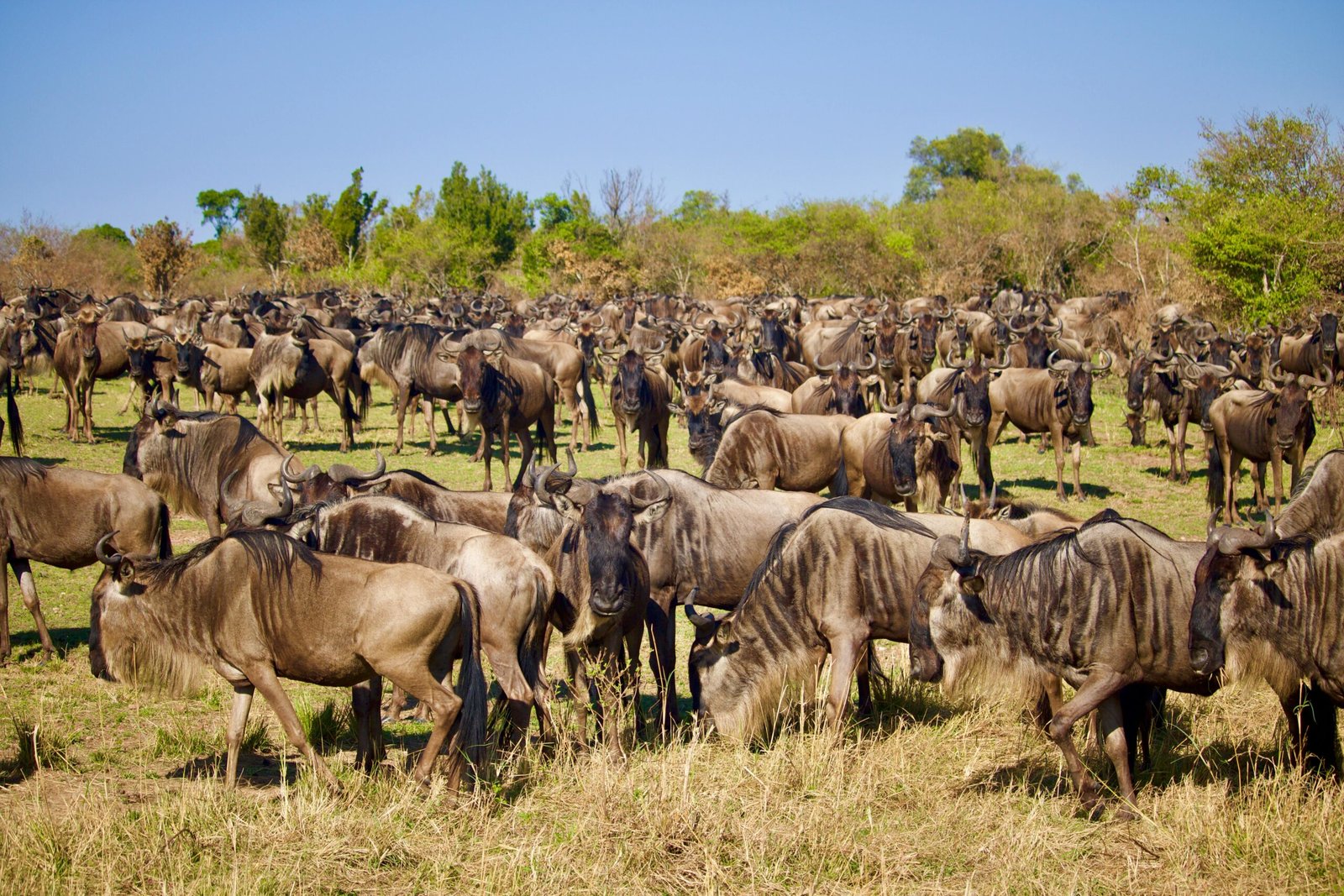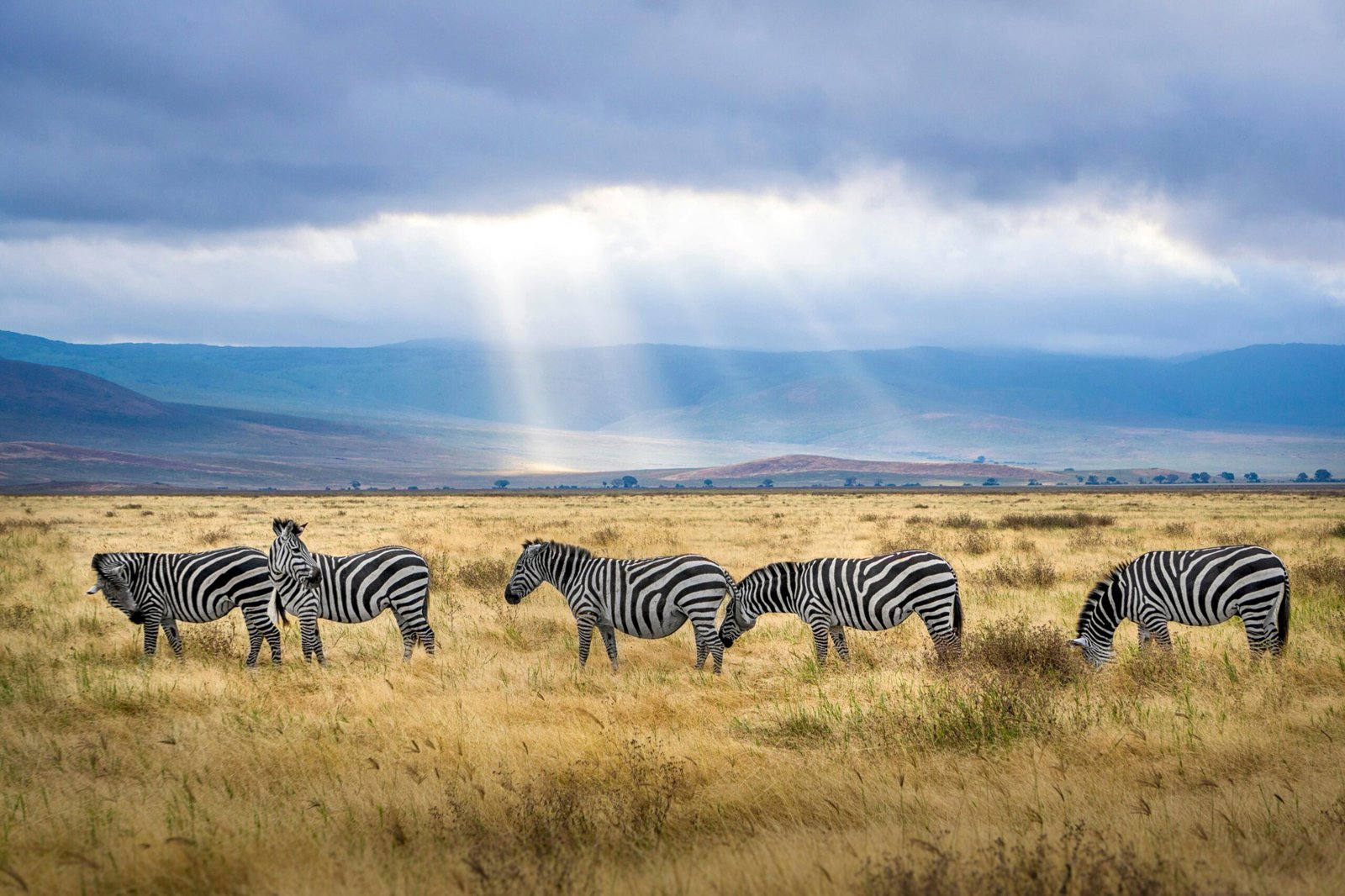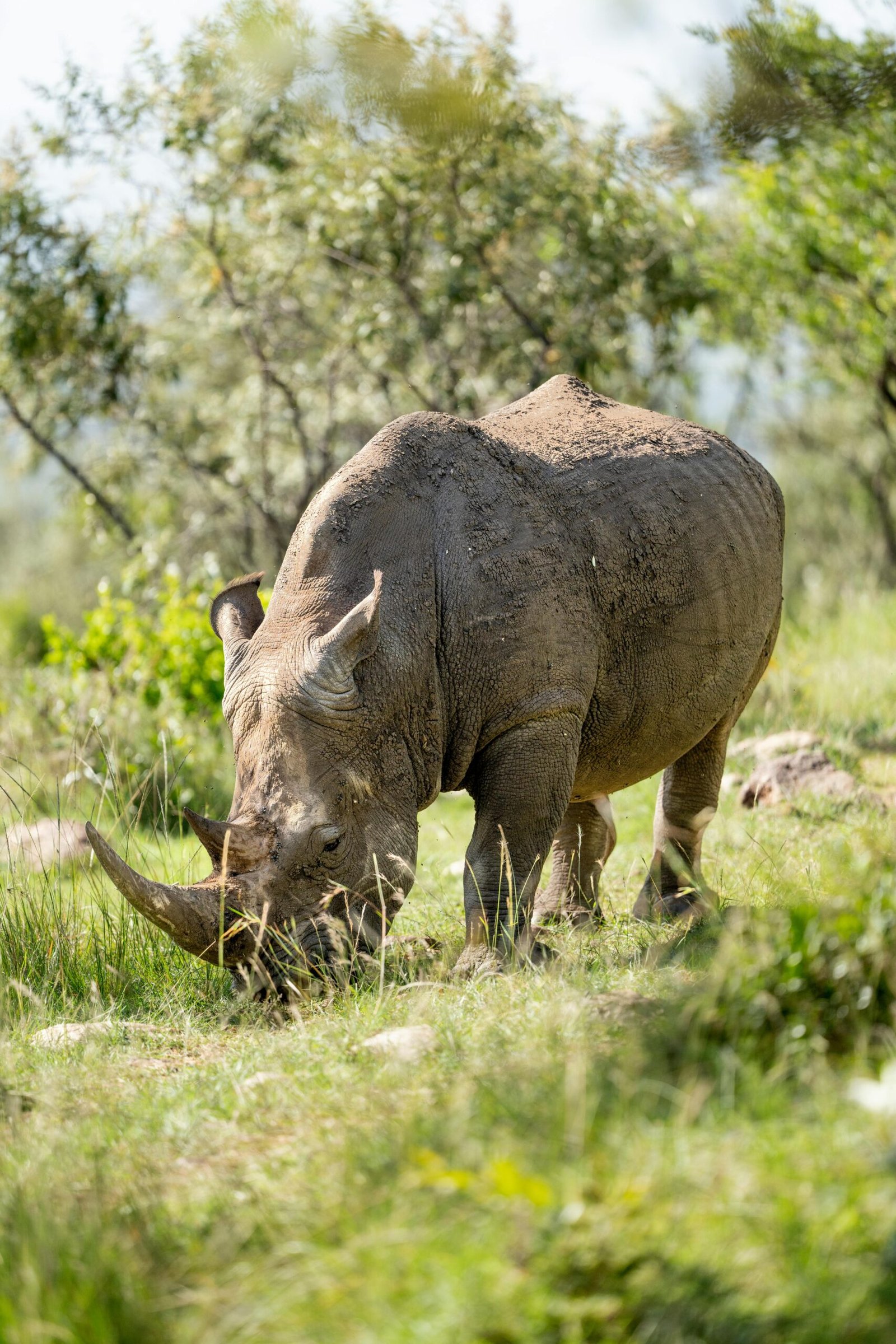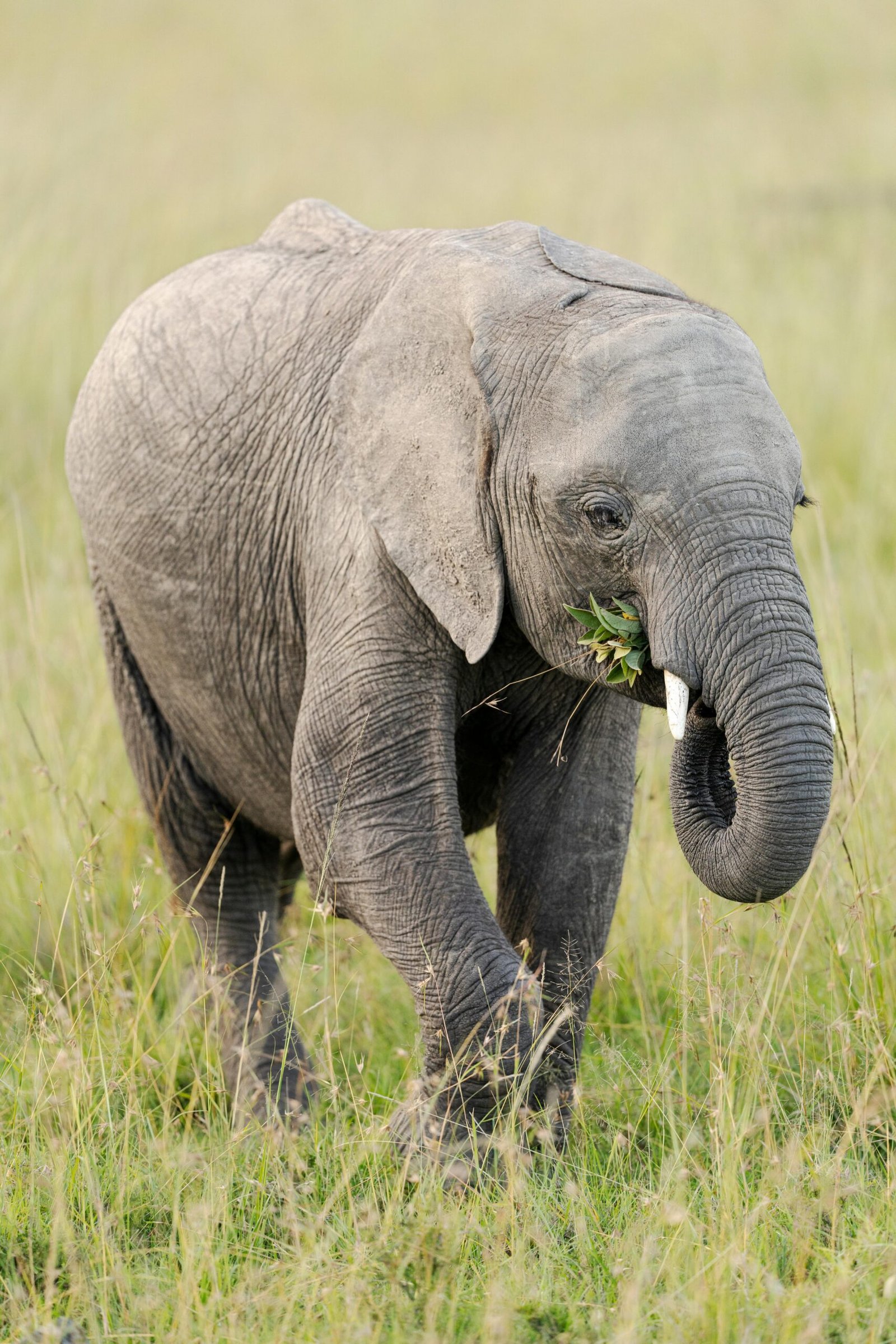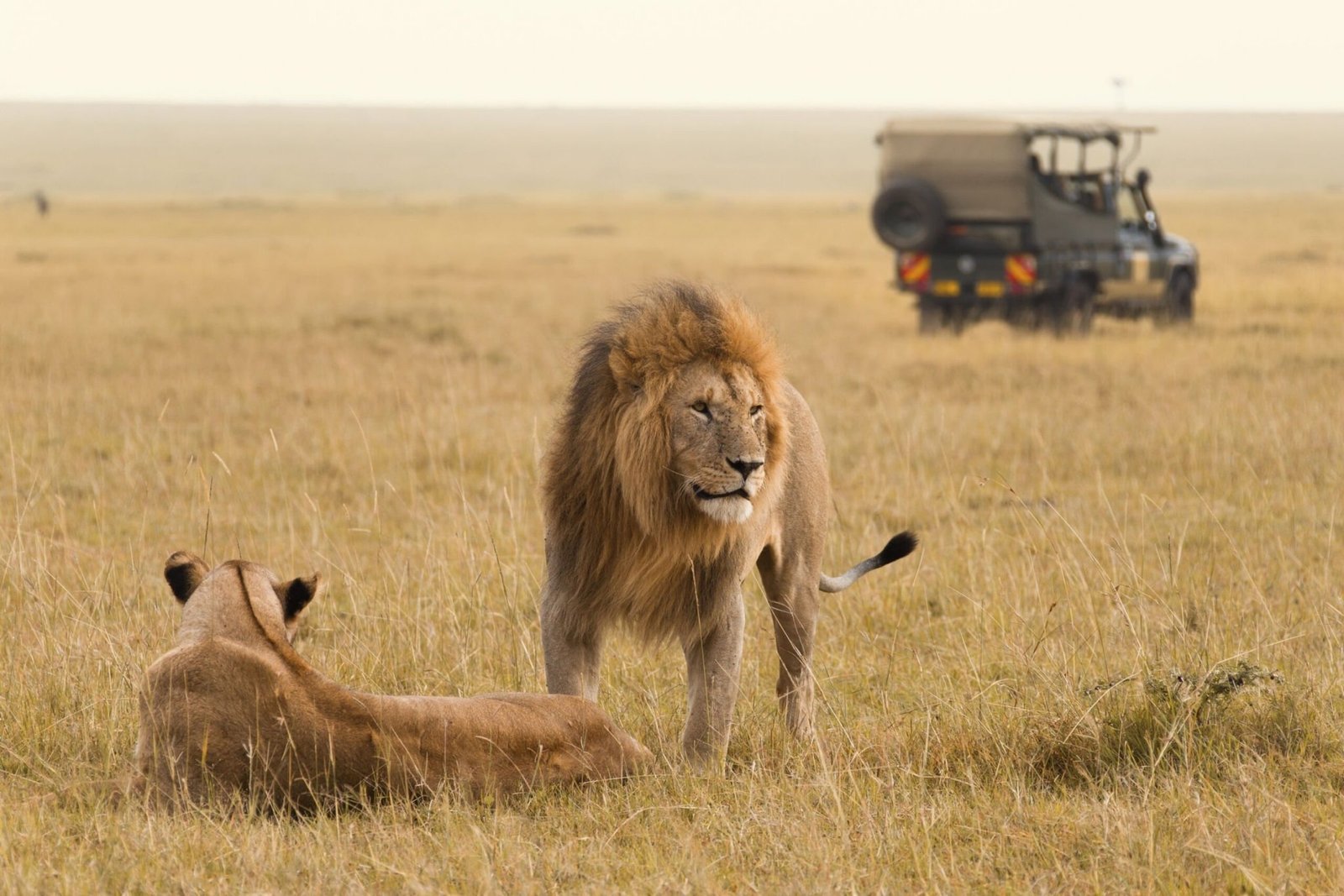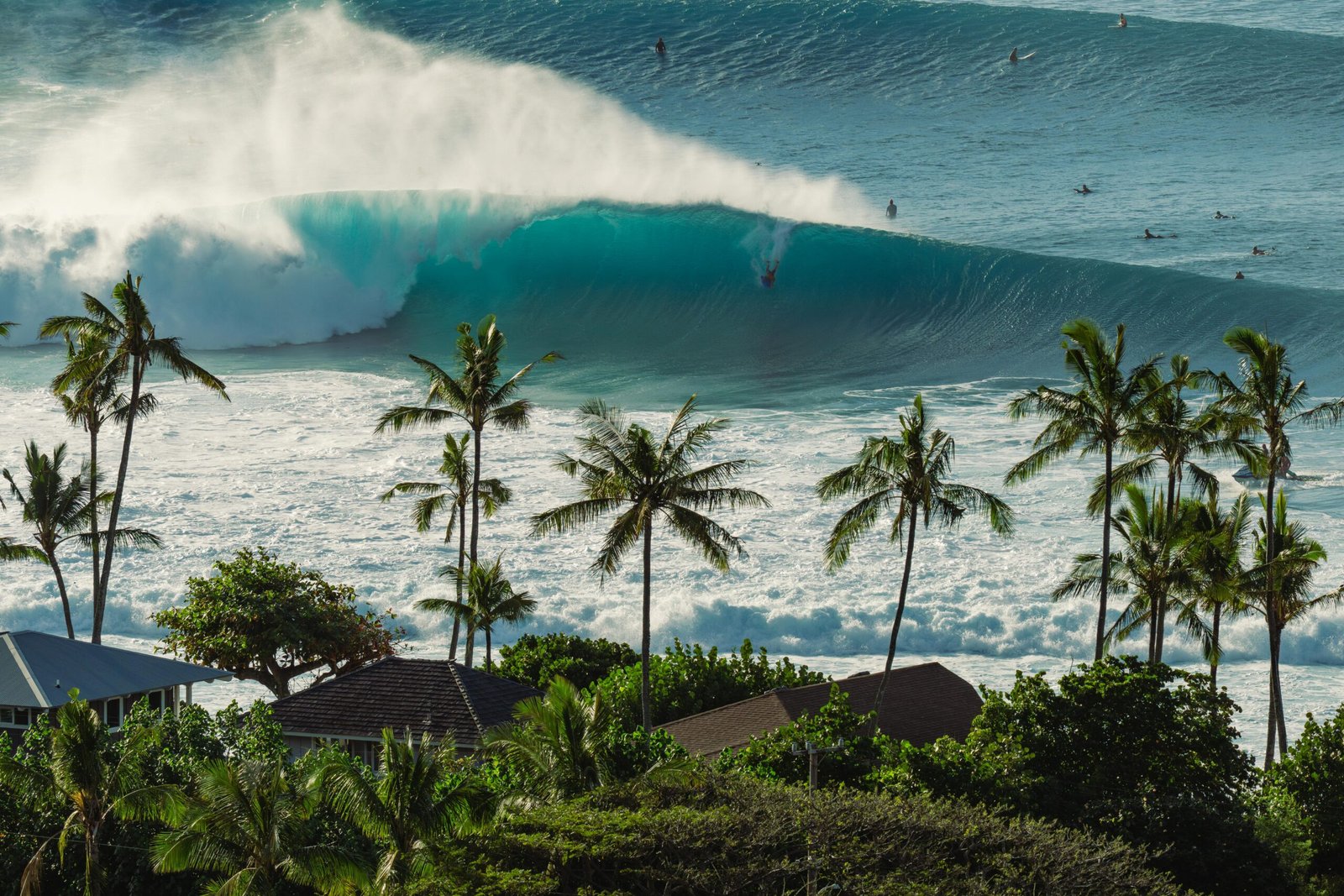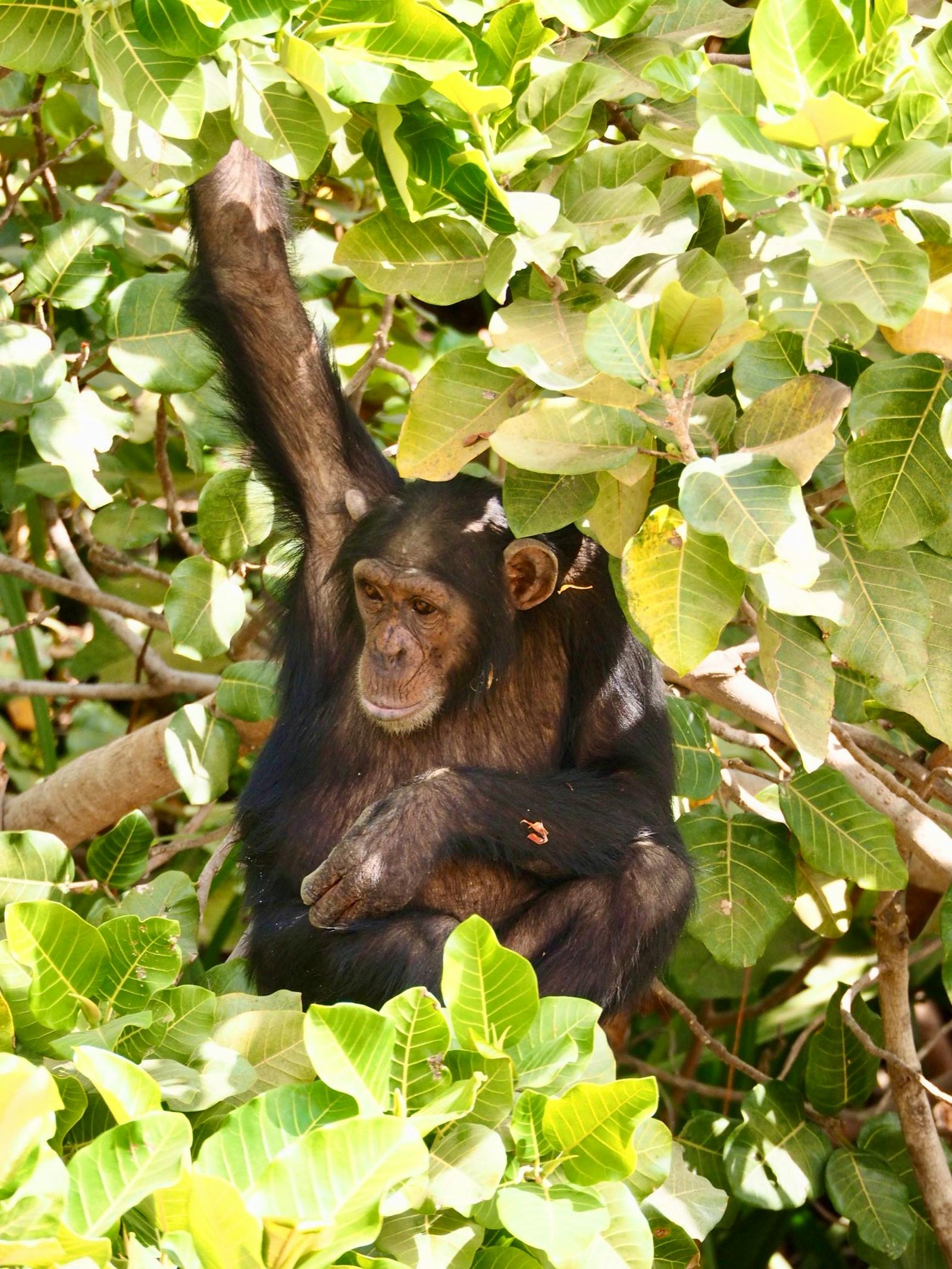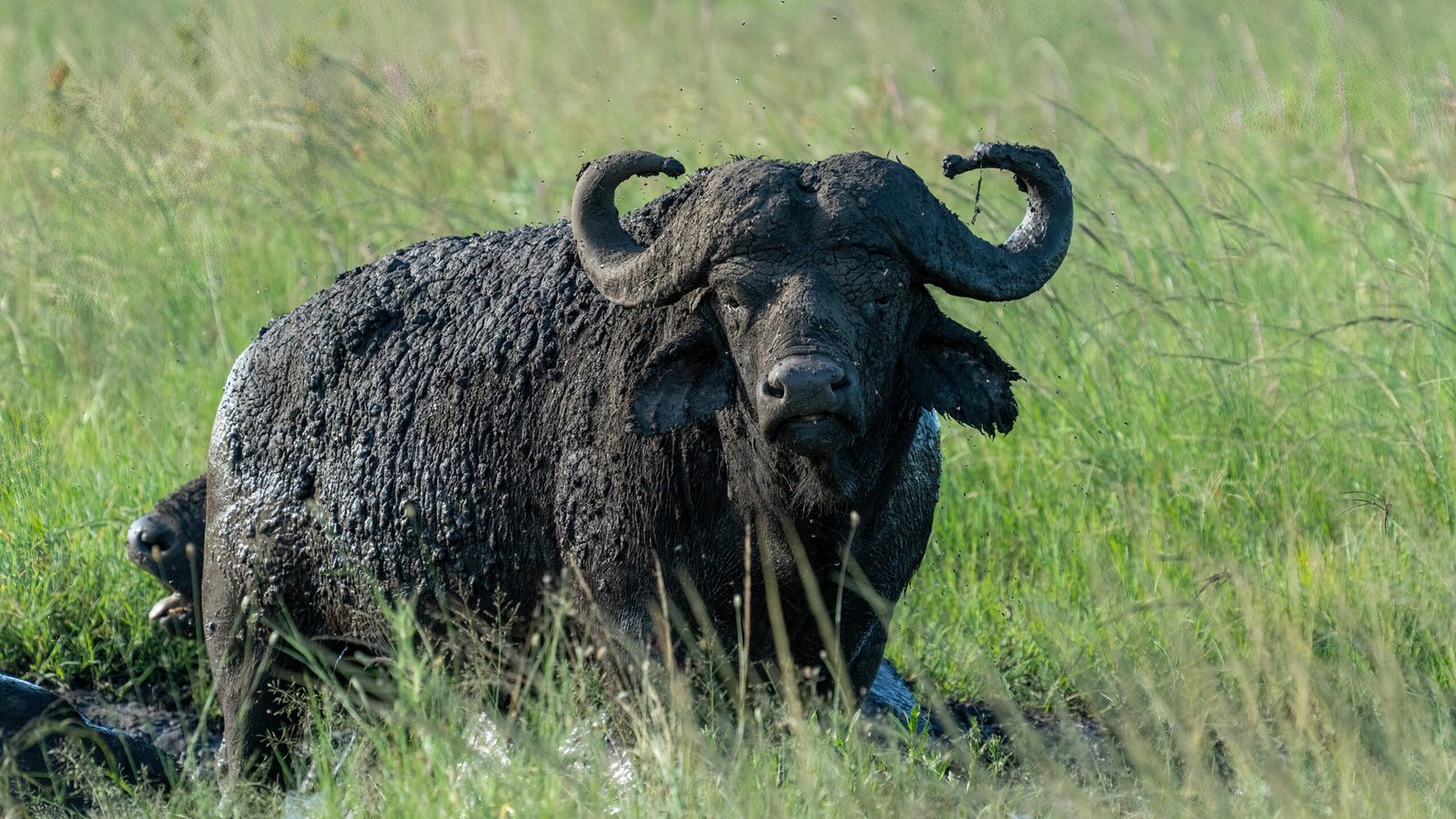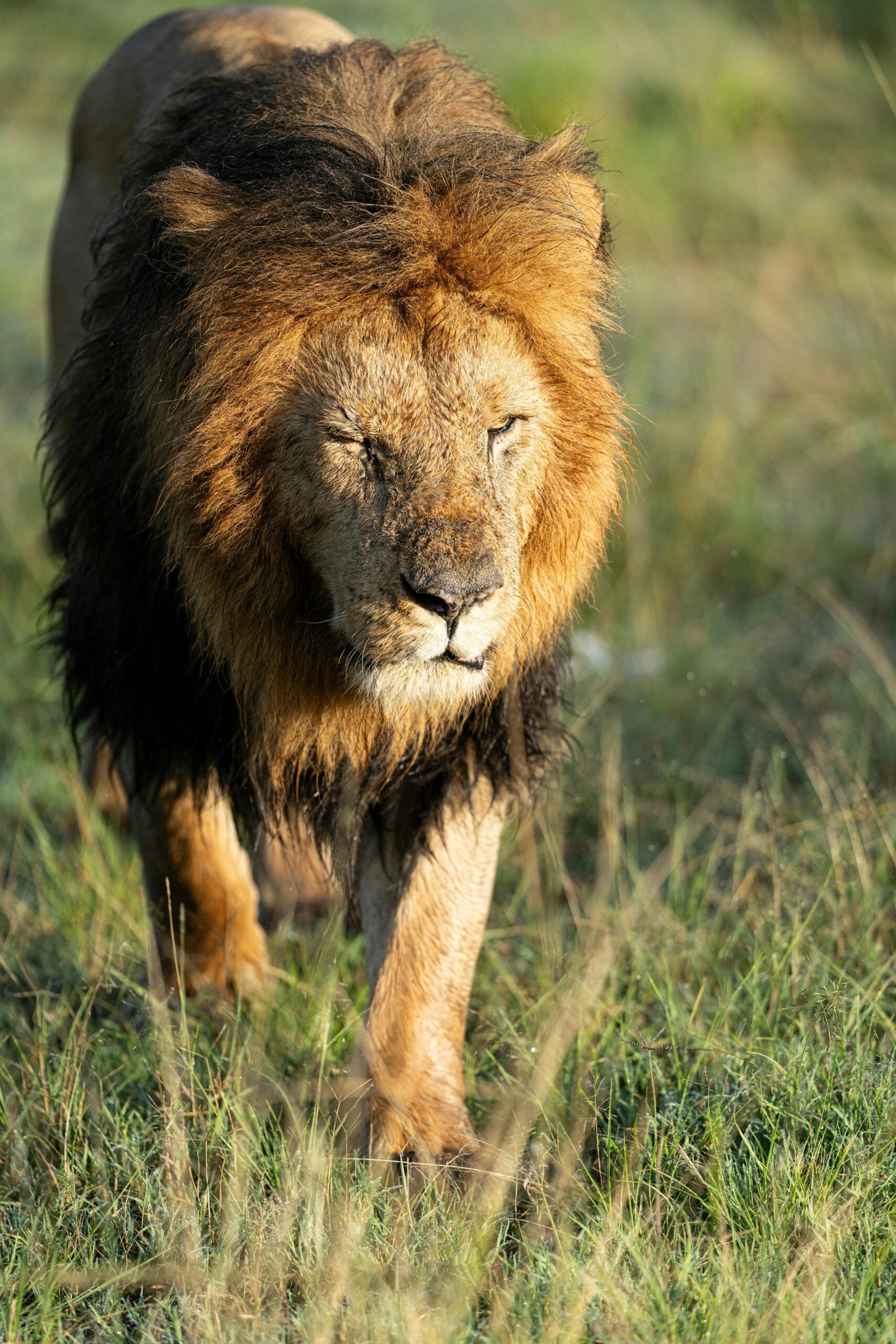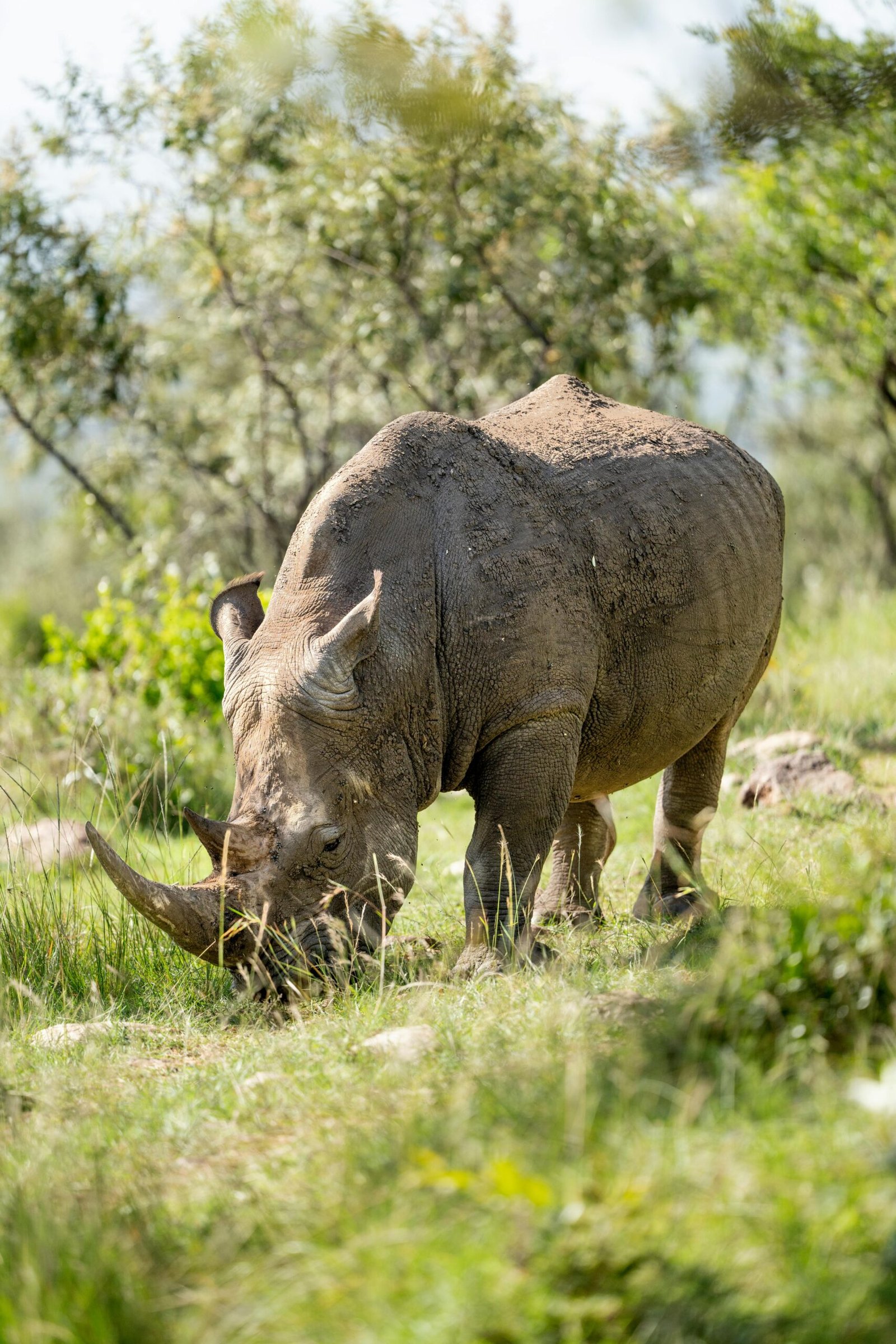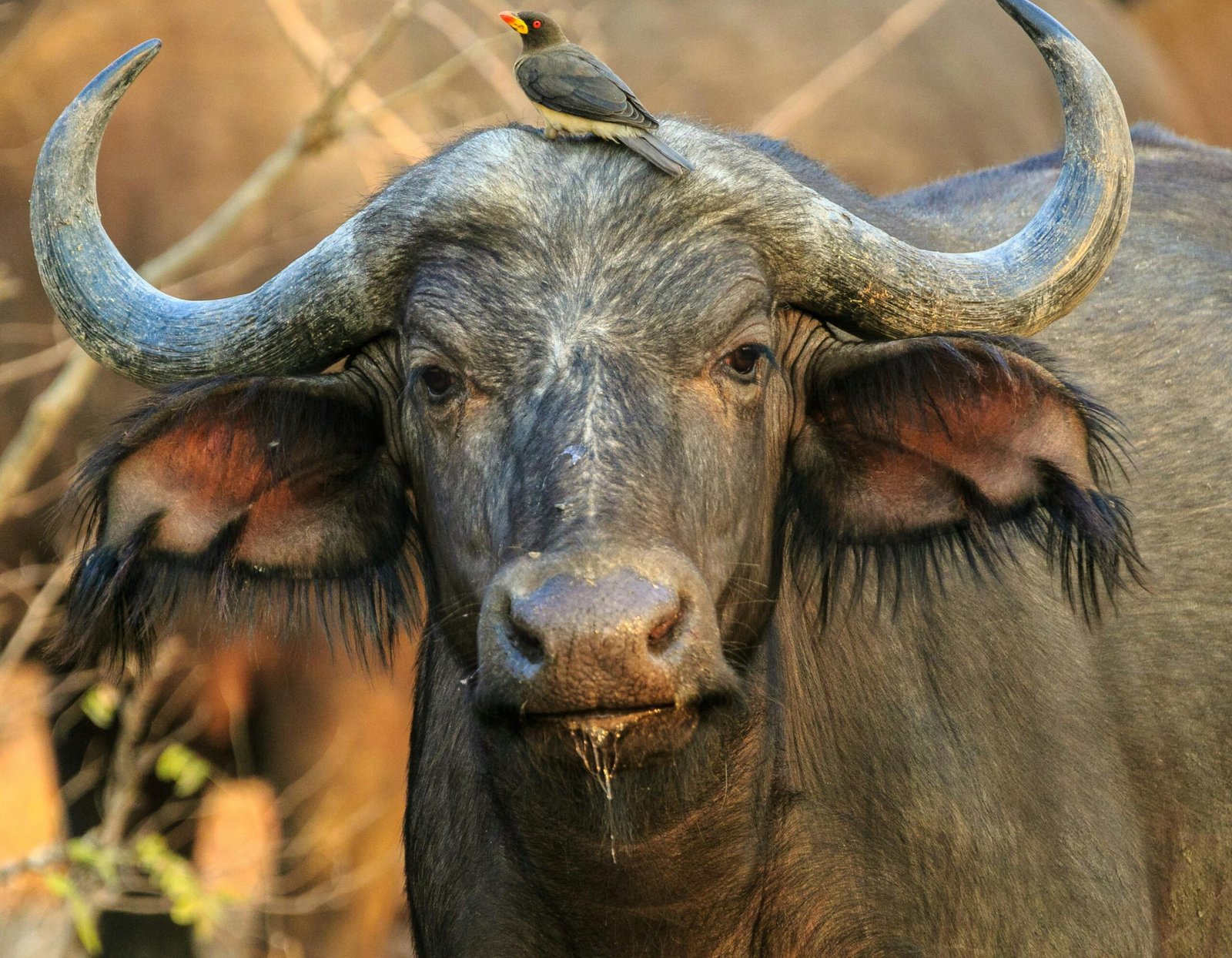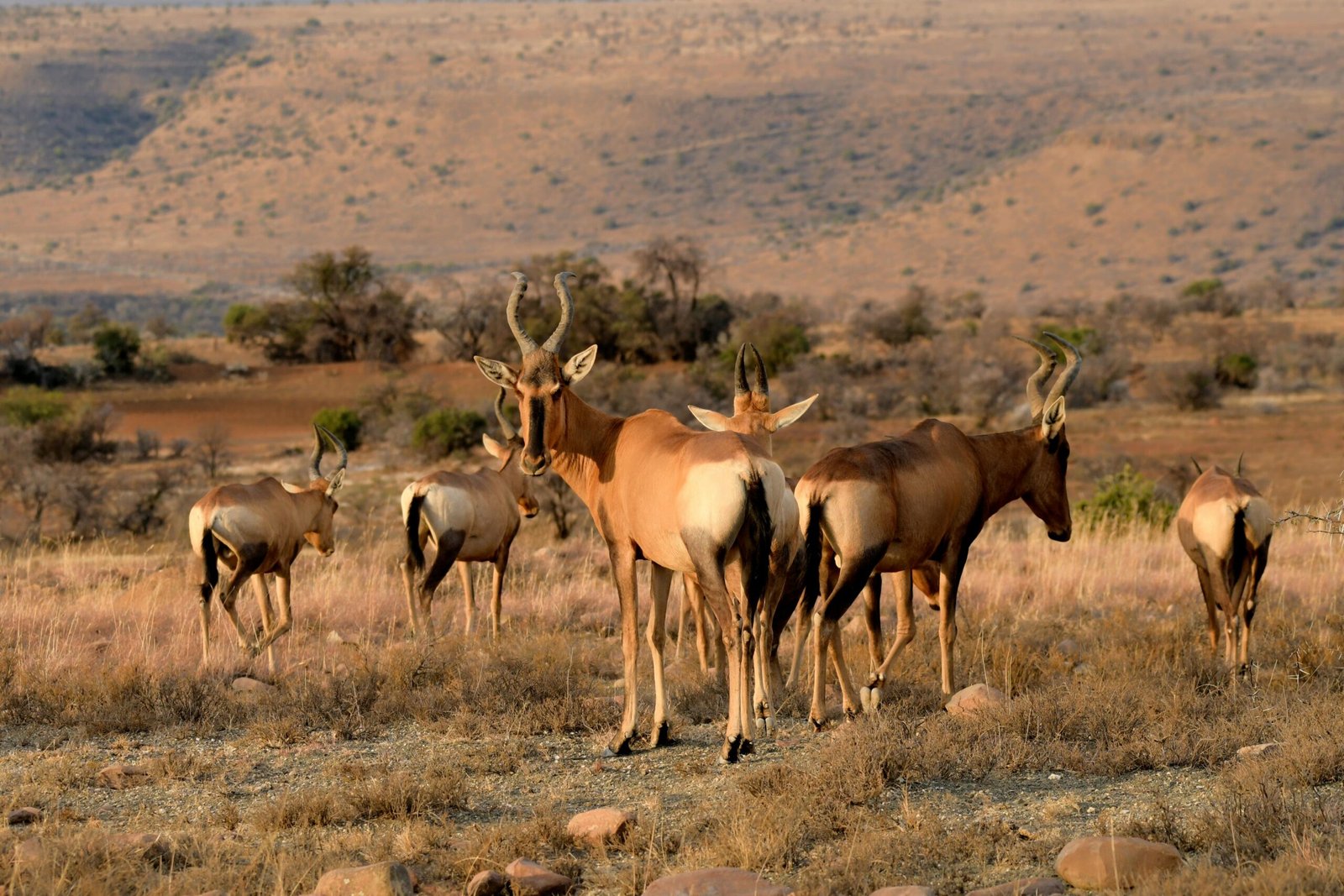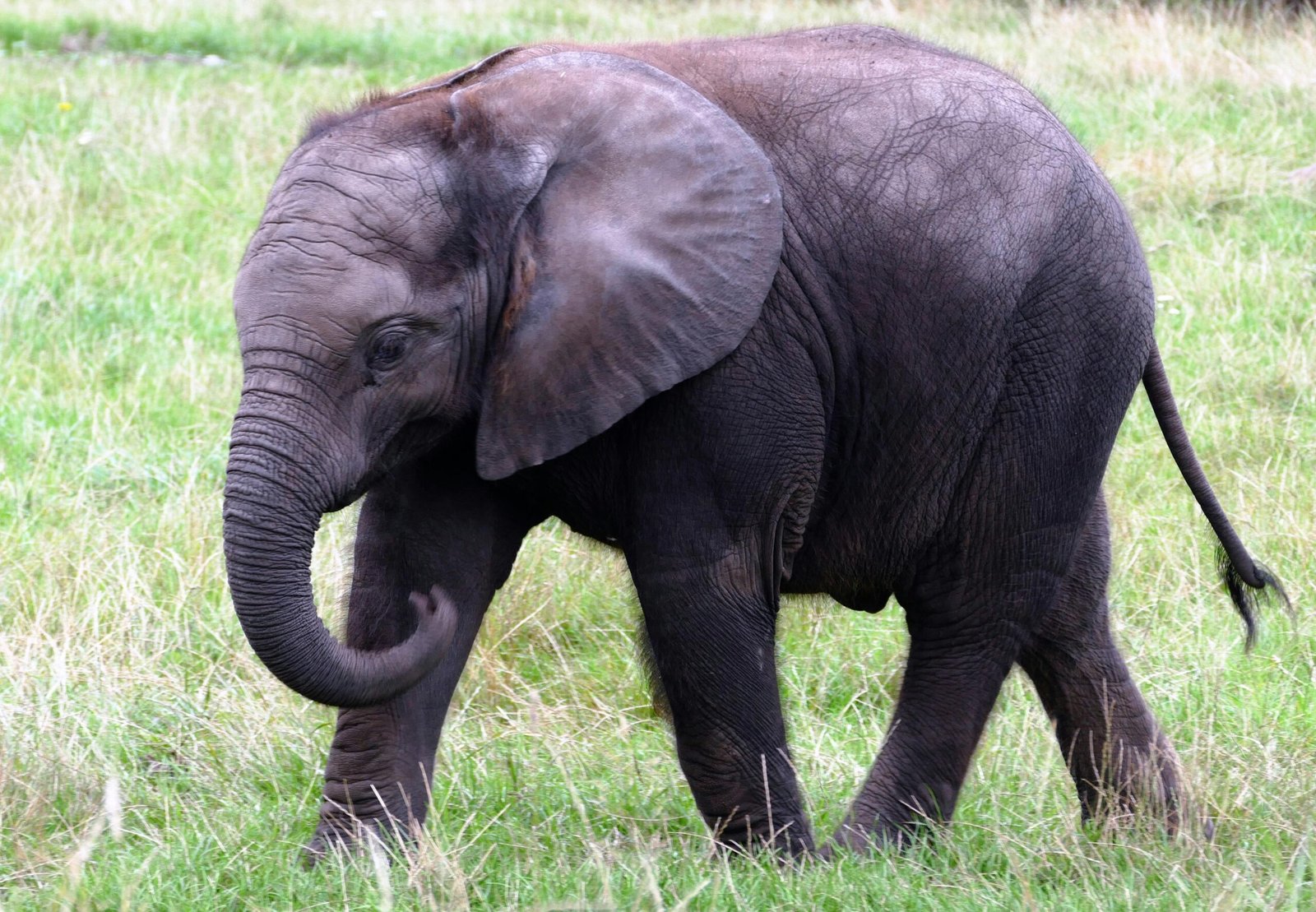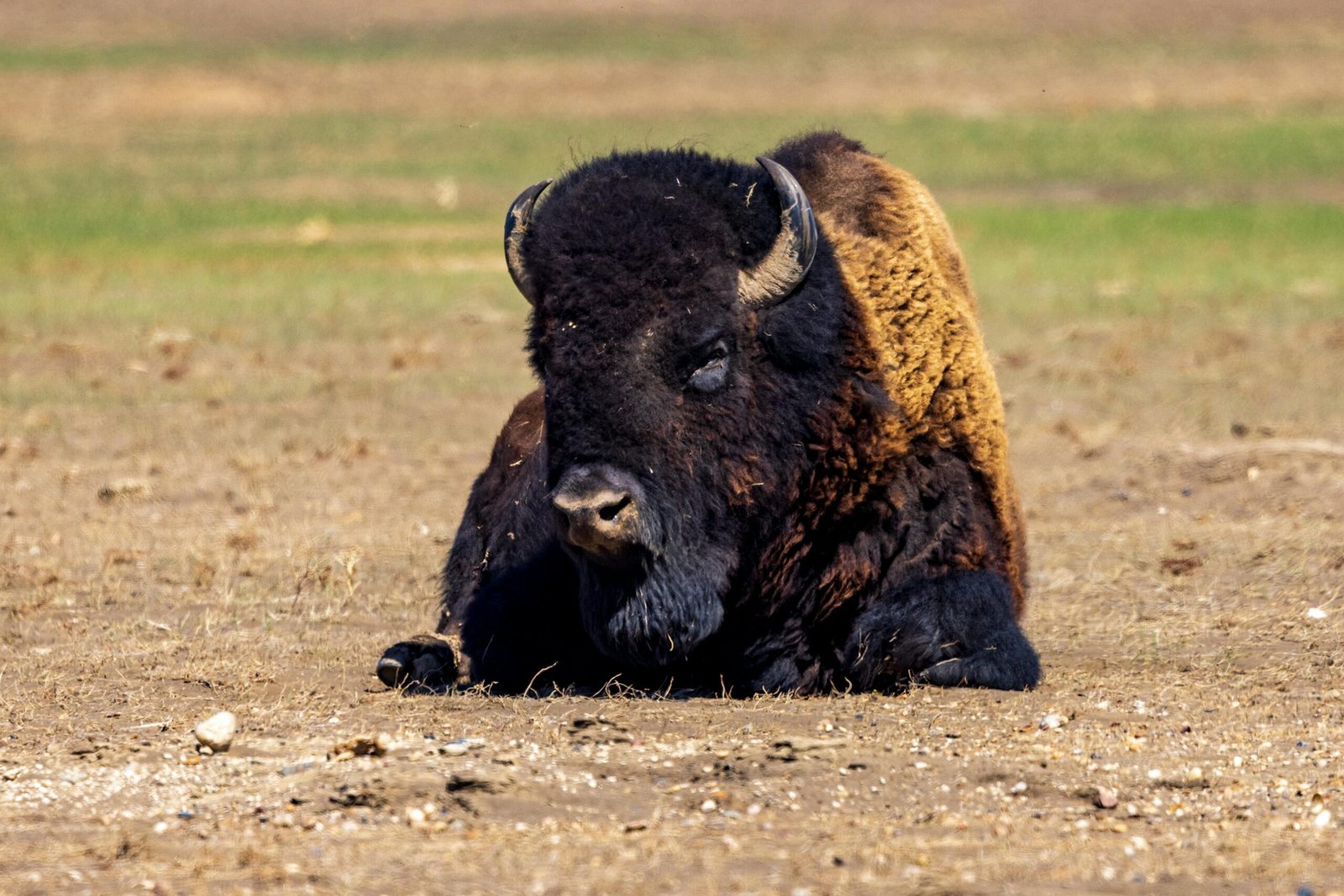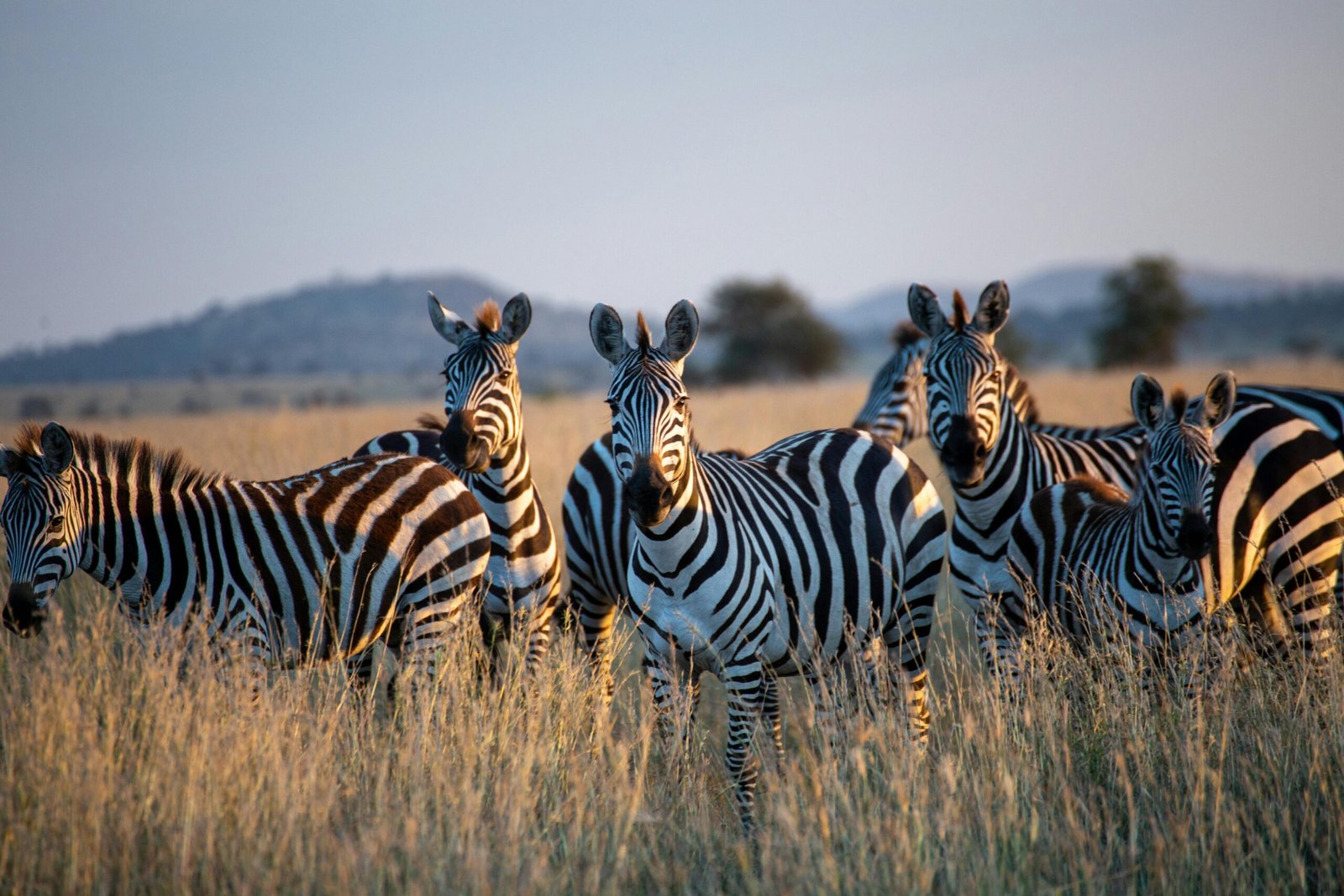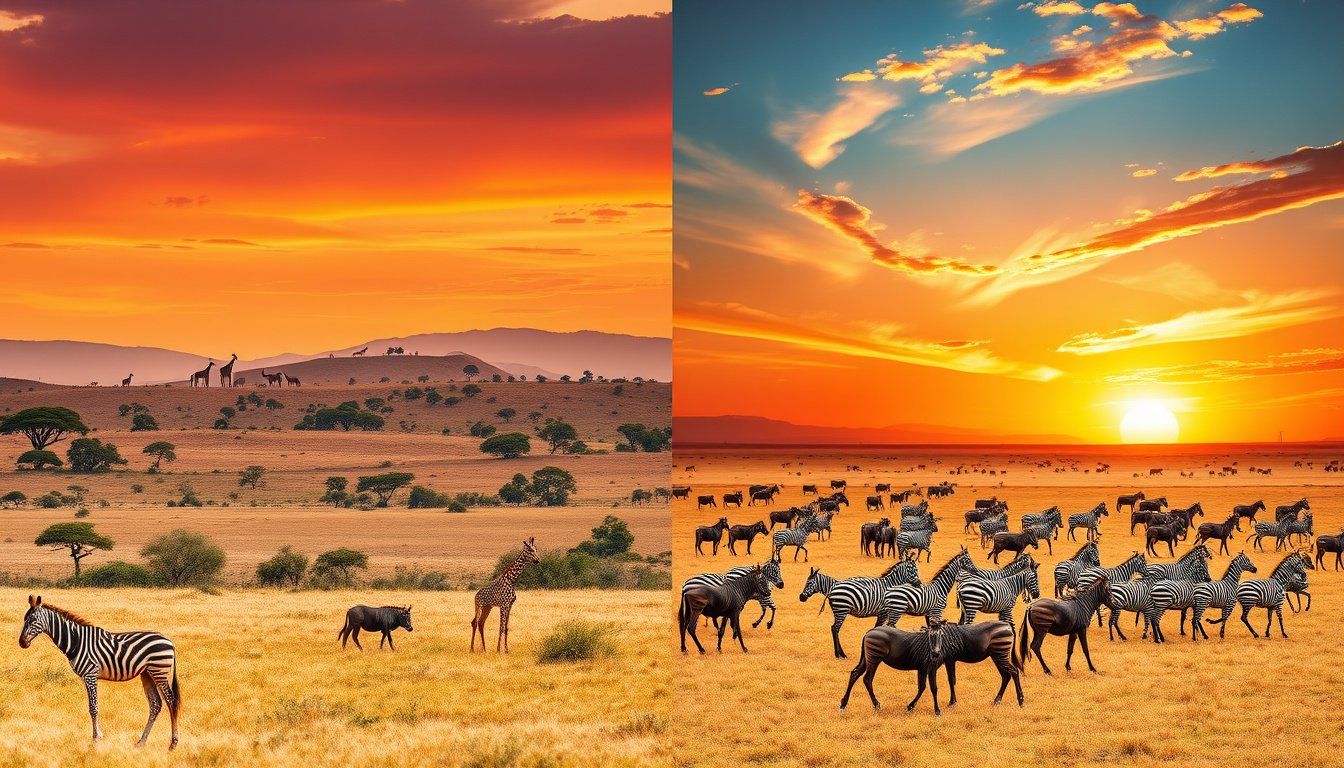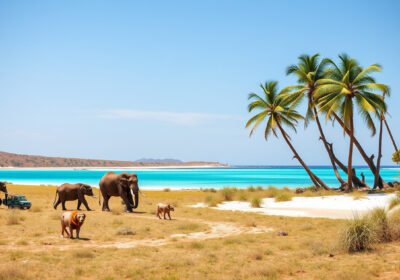When it comes to exploring the breathtaking landscapes and diverse wildlife of East Africa, both Kenya and Tanzania stand out as premier safari destinations. The Kenya vs Tanzania safari debate often leaves travelers pondering where to allocate their precious vacation time and budget. Both countries boast incredible national parks, unique ecosystems, and rich cultural experiences that cater to adventurous souls seeking the quintessential safari experience. In this article, we will dive deep into what each destination has to offer, including an overview of Kenya’s rich wildlife, the iconic Serengeti and Ngorongoro Crater in Tanzania, and the factors that could influence your decision-making process. Whether you’re a thrill-seeker or a nature lover, this comprehensive guide will help you determine which safari is perfect for you.

Key Takeaways
- Both Kenya and Tanzania offer unique wildlife experiences that cater to different preferences.
- Kenya is renowned for its diverse national parks and accessibility, making it great for first-time safari-goers.
- Tanzania’s Serengeti and Ngorongoro Crater provide some of the most iconic safari landscapes and wildlife encounters.
- The timing of your visit is crucial for experiencing the Great Migration, primarily occurring in Tanzania.
- Budget considerations can greatly affect your choice, with varying costs associated with safaris in each country.
Introduction to Safaris in East Africa
When it comes to planning the ultimate safari adventure, two names invariably come to the forefront: Kenya and Tanzania. Each of these East African countries offers breathtaking landscapes, diverse wildlife, and a rich cultural tapestry. However, if you find yourself wondering, ‘Kenya vs Tanzania safari – which one should you choose?’ it’s essential to consider the unique experiences each destination has to offer. In Kenya, you can immerse yourself in the vibrant Masai Mara, famous for its annual wildebeest migration, as well as its breathtaking views from the Great Rift Valley. On the other hand, Tanzania showcases the Serengeti and the majestic Ngorongoro Crater, both teeming with wildlife and offering spectacular photographic opportunities. Whether you’re drawn to the rugged terrains of Kenya or the lush plains of Tanzania, understanding the differentiators between the two countries will help you make an informed choice for an unforgettable safari experience.
Overview of Kenya’s Wildlife and National Parks
When considering Kenya vs Tanzania safari experiences, it’s essential to delve into the distinct features of each country’s wildlife and national parks. Both nations boast incredible biodiversity, but Kenya’s wildlife escapades often offer a slightly different flavor. The renowned Maasai Mara National Reserve, famed for its stunning annual wildebeest migration, presents travelers with a vibrant ecosystem teeming with big cats and diverse flora. In contrast, Tanzania’s Serengeti National Park, which is part of the same ecosystem, offers vast open plains and a more expansive safari experience. While both parks afford opportunities to witness the breathtaking spectacle of wildlife in their natural habitat, Kenya’s national parks like Amboseli or Tsavo provide travelers with a rich cultural experience alongside the wildlife, with the majestic Mount Kilimanjaro as a backdrop. Thus, when debating Kenya vs Tanzania safari options, consider what kind of wildlife adventure you’re seeking, as well as the cultural encounters that each destination uniquely promises.
‘The journey of a thousand miles begins with one step.’ – Lao Tzu

Exploring Tanzania’s Serengeti and Ngorongoro Crater
When deciding between a Kenya vs Tanzania safari, two of the most iconic destinations come to mind: the Serengeti National Park and the Ngorongoro Crater in Tanzania. The Serengeti, renowned for its vast savannahs and the spectacular Great Migration, offers an exhilarating experience filled with opportunities to witness Africa’s wildlife in its natural habitat. On the other hand, the Ngorongoro Crater, a UNESCO World Heritage site, boasts a unique ecosystem teeming with animals in a stunning volcanic caldera, making it an unparalleled locale for game viewing. Each destination provides distinct landscapes and experiences; thus, choosing between them largely depends on your safari goals. If you’re eager to see one of the planet’s most thrilling wildlife displays, the Serengeti is your go-to. However, for an intimate encounter with wildlife, along with breathtaking views, the Ngorongoro Crater cannot be beaten. It’s this contrast that fuels the debate of Kenya vs Tanzania safari—both offer unforgettable adventures but cater to different desires for exploration.
Comparative Analysis of Safari Experiences in Kenya and Tanzania
When planning your next adventure, a common dilemma arises among wildlife enthusiasts: Kenya vs Tanzania safari – which one should you choose? Both of these East African nations offer breathtaking landscapes, diverse ecosystems, and remarkable wildlife experiences; however, they each present unique attributes that appeal to different travelers. Kenya is renowned for its Maasai Mara National Reserve, famous for the Great Migration and its incredible abundance of big cats. The open savannahs here foster close encounters with majestic lions, leopards, and cheetahs. Conversely, Tanzania boasts the Serengeti National Park, where the migration also occurs, but it extends beyond the Maasai Mara into vast plains teeming with wildlife, allowing for a more immersive experience. Additionally, Tanzania’s Ngorongoro Crater—a UNESCO World Heritage site—provides a unique opportunity to see a variety of wildlife in a confined area, ensuring excellent sightings. If you’re also interested in a mix of cultural experiences, Kenya offers vibrant Maasai traditions, while Tanzania is known for its rich coastal history in Zanzibar. Ultimately, the choice between a Kenya vs Tanzania safari boils down to personal preferences, including the type of wildlife experiences you seek and the cultural richness you wish to explore.

Best Time to Go: Weather and Wildlife Migration
When planning your adventure in East Africa, the question often arises: ‘Kenya vs Tanzania Safari – Which One Should You Choose?’ One key factor in making this decision is the timing of your trip, which greatly influences both weather conditions and wildlife migrations. Typically, the dry seasons from June to October in both countries provide the best opportunities for game viewing, as animals gather around water sources. However, if your heart is set on witnessing the Great Migration, where millions of wildebeest and zebras cross the Serengeti into the Maasai Mara, you’ll want to consider the timing of your visit carefully. The migration generally peaks between July and September. During this period, both Kenya and Tanzania host a spectacular array of wildlife, making it easier to spot predators and observe natural behaviors. However, while Kenya offers the striking landscape and vibrant culture of the Maasai Mara, Tanzania is famed for the sprawling Serengeti and the breathtaking Ngorongoro Crater. Ultimately, the best time for your safari will hinge on your personal preferences regarding wildlife experiences, landscape, and even cultural encounters. Therefore, whether you opt for a Kenya vs Tanzania safari, you are sure to find unforgettable moments in these two stunning countries.
Budget Considerations: Costs of Safaris in Each Country
When planning a safari adventure, two of the most popular destinations are Kenya and Tanzania, both of which are known for their stunning landscapes and rich wildlife. However, choosing between a Kenya vs Tanzania safari involves careful consideration of budget considerations, as costs can vary significantly depending on the country and the type of safari experience you desire. In Kenya, travelers can find a range of safari options, from budget camping safaris to luxury lodge experiences. On average, the cost of a mid-range safari in Kenya may range from $150 to $400 per person per day, depending on factors such as park entrance fees and accommodation types. Meanwhile, Tanzania tends to cater to a wider range of safari experiences, often with slightly higher costs associated with premium lodges and long-distance travel to destinations like the Serengeti and Ngorongoro Crater. A similar safari in Tanzania could set you back anywhere from $200 to $600 per person per day. Additionally, visitors should factor in the costs of flights, which can vary widely depending on the destination country, and park permits, which are generally more expensive in Tanzania. Ultimately, understanding the budget considerations for both Kenya and Tanzania will help you make an informed decision about which safari is the right fit for your adventurous spirit.

Conclusion: Choosing the Right Safari Destination for You
In conclusion, when deciding between a Kenya vs Tanzania safari, it’s essential to take into account your personal preferences, budget, and the specific experiences you seek. Kenya is renowned for its diverse landscapes and the iconic Maasai Mara, which offers spectacular wildebeest migrations and excellent opportunities for wildlife photography. On the other hand, Tanzania boasts the Serengeti and the breathtaking Ngorongoro Crater, providing unparalleled game viewing and a chance to witness a variety of ecosystems within a single trip. Both countries have their unique charm and appeal, making it crucial to assess factors such as the types of wildlife you want to see, the level of luxury you desire, and the cultural experiences you wish to immerse yourself in. Ultimately, whether you choose a Kenya safari or head to Tanzania, both destinations promise remarkable adventures that will leave you with memories to last a lifetime.
Frequently Asked Questions
What are the main differences between safaris in Kenya and Tanzania?
The main differences include the variety of wildlife, the types of parks, and the overall experience. Kenya is known for its diverse national parks and abundant wildlife, while Tanzania offers iconic locations like the Serengeti and Ngorongoro Crater with breathtaking landscapes.
When is the best time to go on a safari in Kenya or Tanzania?
The best time for a safari in Kenya is during the dry seasons from June to October, while for Tanzania, the dry season from June to October is also ideal, especially for witnessing the Great Migration.
What are the budget considerations for safaris in Kenya and Tanzania?
Budget considerations vary; Kenya generally offers a wider range of safari options from budget to luxury. Tanzania is typically more expensive due to the exclusive experience of its national parks and conservation fees.
How do I choose between a safari in Kenya or Tanzania?
Consider factors like your wildlife interests, the parks you want to visit, budget, and the type of safari experience you prefer. Both destinations offer unique experiences that cater to varied interests.
Can I visit both Kenya and Tanzania on a single safari trip?
Yes, many tour operators offer combined safari packages that allow you to experience both countries, often including visits to key parks like the Maasai Mara in Kenya and the Serengeti in Tanzania.

